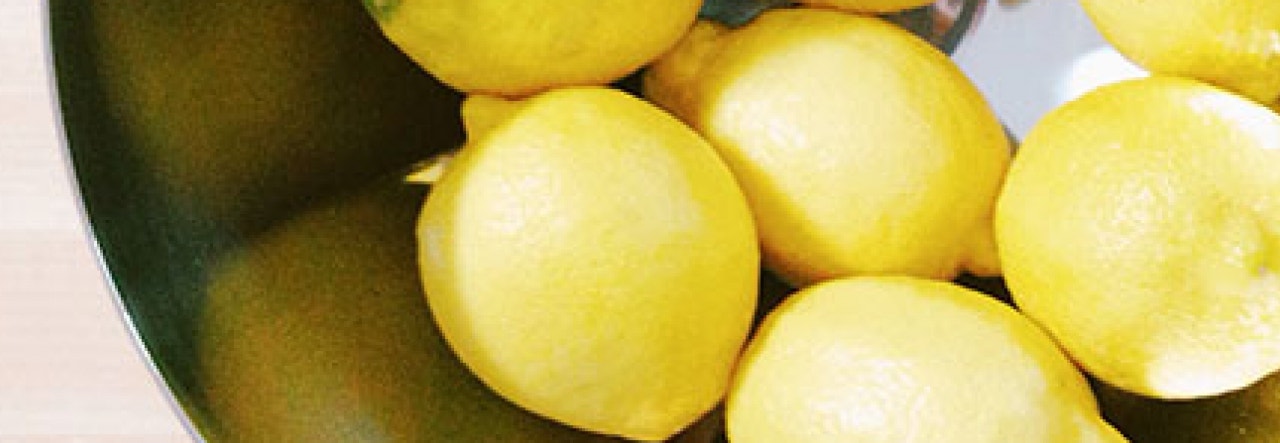Yes, you need to regularly clean your baby’s nursery. However, you don’t want to do more harm than good. Many conventional cleaning supplies have chemicals that are not safe to have around your baby. Try to look towards more natural alternatives to still clean effectively while feeling good about what you are using. To get you started, we suggest a couple of natural cleaning ingredients you can try that you should already have around the house:
1.) Vinegar
This household staple is a must to have in your cleaning arsenal as it has proven to be a better disinfectant than even bleach. A mixture of water and vinegar is great to use on both furniture and surfaces in the nursery. Adding a bit of baking soda to this mixture is great for cleaning diaper pails. If you are going to use vinegar, be sure it is food grade.
2.) Lemon
One of the best kept secrets for cleaning is right in the produce aisle! Lemons are antibacterial and antiseptic, basically making them a natural bleach. Clean off the residue from your baby’s sticky fingers by rubbing a lemon on the surface or rinsing it with lemon juice.
3.) Essential Oils
Essential oils are a good option to deodorize and disinfect your baby’s nursery, but only if you buy the right kind. To be sure they are a safe cleanser, choose organic essential oils with no filler oils. Just drop the cold-pressed oil of choice into your vinegar mixture, and your baby’s room will be clean and smell lovely! Beyond just these three natural alternatives, there are many safe household items you can use to clean, including peroxide and baking soda. What natural cleaning products do you use in your baby’s nursery? Let us know in the comments!
 BABY
BABY  KIDS
KIDS  ADULT
ADULT  LEARN
LEARN  STORES
STORES 